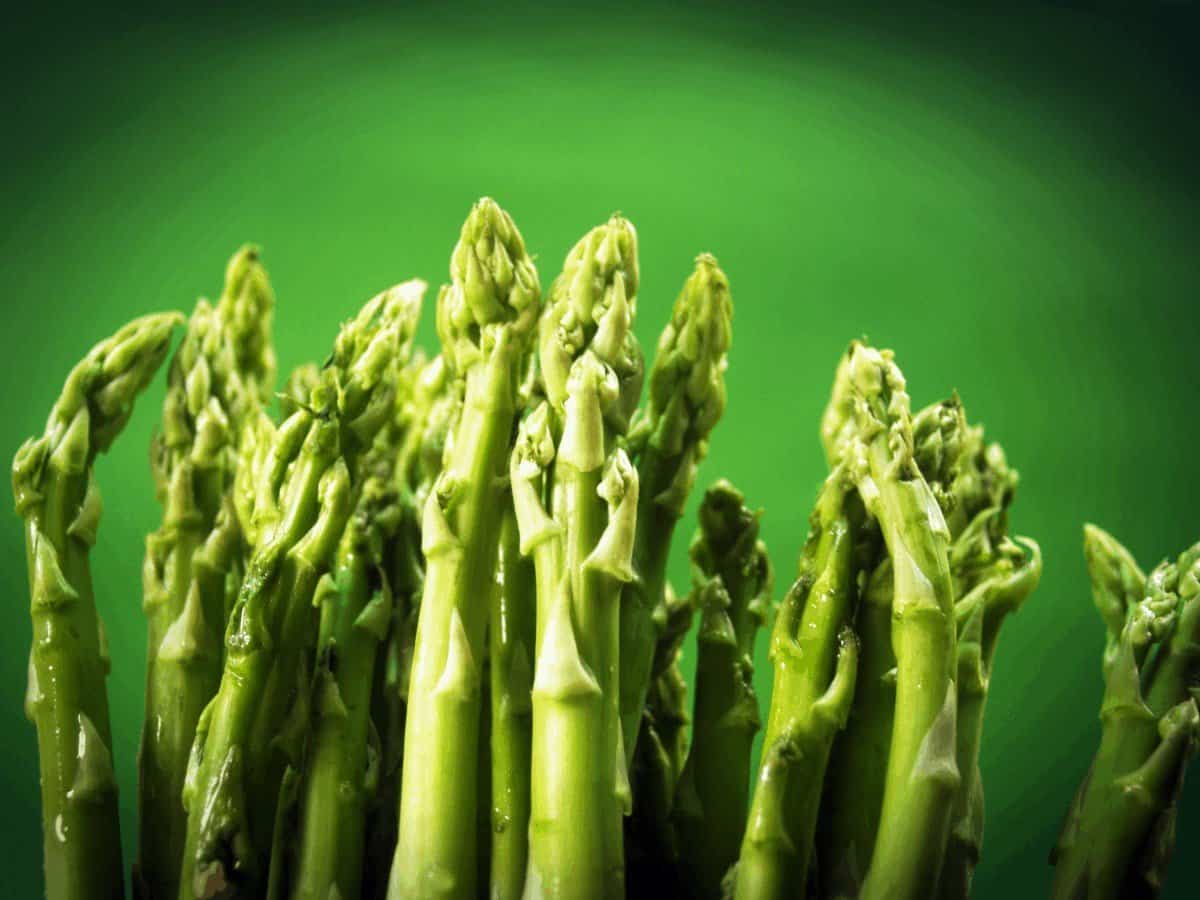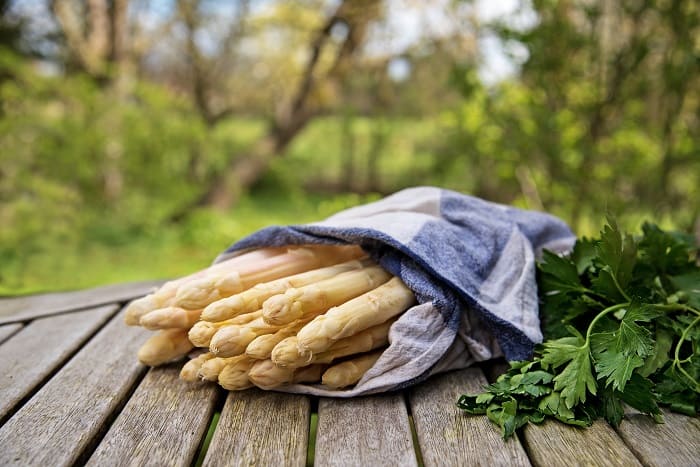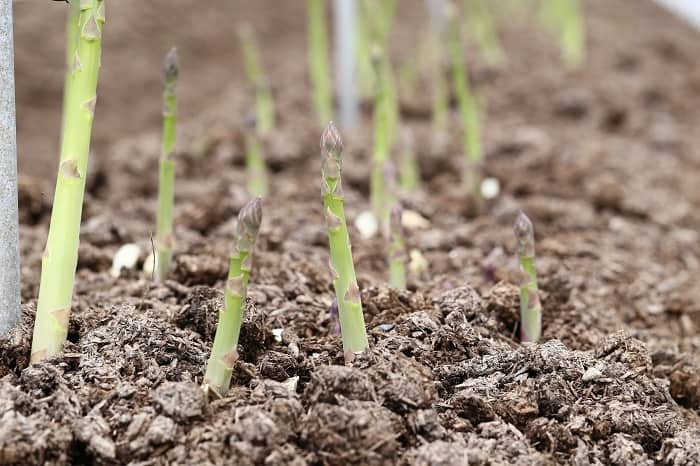Asparagus is one of the popular vegetables you can find in most home gardens. The perennial vegetable is common among gardeners since it is easy to grow and a very nutritional edible vegetable that can be included in many dishes.
Planting asparagus is easy but it’s in transplanting the asparagus that can be quite challenging. Even though you don’t have any experience transplanting asparagus, you shouldn’t find it difficult if you follow the guide below.
Table of Contents
Best Time to Transplant Asparagus
You can transplant asparagus at any time provided the soil conditions are right. But we find early spring to be the best time of the year to carry out your transplanting. This is because the soil conditions and weather are favorable to support healthy growth and development.
It is easier to work on the soil and for the roots to get direct access to nutrients. As a first-timer, it can be quite stressful for you to work around the tentacle-like nature of the asparagus roots. But with a few hands-on experiences, you should be able to understand the complex root system of the asparagus plant.
It is not advisable to move your asparagus plants once the growing season has begun. You shouldn’t also do this when the ground is cold. This makes winter a wrongs time to work on your asparagus garden.
Before you Transplant Asparagus
Before you commence transplanting your asparagus, you want to ensure that you do all the necessary preparatory work. This includes choosing the right site and getting the ground ready to receive the asparagus.
You want to also decide on the number of asparagus you will be transplanting and the areas of the garden you want to grow them. If you are growing asparagus for domestic use, then you might not be transplanting much compared to if you are a commercial farmer. In which case, you will need to get extra hands to help you save time and reduce the workload.
Asparagus need adequate spacing to give them enough room to grow. So you want to ensure that you provide enough room on your garden bed for your asparagus when planning to transplant. The minimum spacing should be 30cm apart to maximize the yield. This also helps to prevent the roots from getting tangled in the ground.
Lifting asparagus from the ground can damage parts of the root. This weakens the plants and reduces their growth. So you want to ensure you take proper care in the preparation process.
Transplanting the Asparagus
You need to be aware that transplanting asparagus requires patience. So if you are in a hurry, you might want to postpone the process till when you have enough time to spare. Lifting and transplanting the asparagus crown should be easy if you take proper care and caution.
You will need to dig the soil around the asparagus crown with a fork. We recommend a fork instead of a shovel because it reduces the damage to the plant root. Use the fork to dig carefully around any of the asparagus crowns. Start from the end of the row and work your way out.
Lean on the fork with your foot to push it into the ground. This helps you to raise the earth and carefully remove the plant from the soil. If the roots of the asparagus are intertwined, it can be difficult to separate the crowns. This is why we suggest that you have patience and take caution when lifting the plant from the ground.
Don’t hesitate to use your hand where necessary. You can protect your hands with gardening gloves before you commence work. After successfully lifting the asparagus from the ground, you will need to get rid of all the weeds that are attached to the roots.
Once the root is free from debris, the next step will be to water to the crown of the asparagus and then transplant it to the new position. This will be the newly prepared soil bed that is fertile enough to promote growth. Once the asparagus is in the soil, you can then spread the roots and cover with soil and then water once more.
You will need to repeat this procedure for every asparagus you transplant.
After Transplanting
You can include compost to the soil to condition the soil. But we recommend that you leave this for once you start to notice new spears on the plant. This means that the transplant was successful and can now continue with the normal garden maintenance practice to improve your soil and plant yield.
Tips to Increase your Asparagus Yield
The roots of your asparagus should grow stronger with each passing year. We recommend that you save some few spears after each harvest to allow room for more foliage. This makes it possible for the root to get nutrients to sustain it till the next harvest. It also helps the plant to develop more spears year in and year out.
Here are some important tips to keep in mind if you plant asparagus in your garden.
- The best time to plant asparagus is in early spring.
- You can grow asparagus from the crowns (young plants not more than a year old).
- You need to keep the PH of the soil between 6.0 and 8.0 as this is the best range for asparagus.
- Provide adequate drainage for your garden bed. This is because asparagus does not thrive well in wet soil.
- Keep your bed free from weeds. This you can do by side-dressing with compost, mulch or manure.
- Plant the crowns deeply.
- Space the crowns
- Do not harvest the spears when they are just a year old.
- Harvest in the second year for a period of 3 weeks.
Conclusion
Now that you have all the information you need on transplanting asparagus, we trust that you shouldn’t encounter many difficulties. You can choose to get an expert to get the job done for you. But we believe you can easily get the job done yourself by following the steps above.


